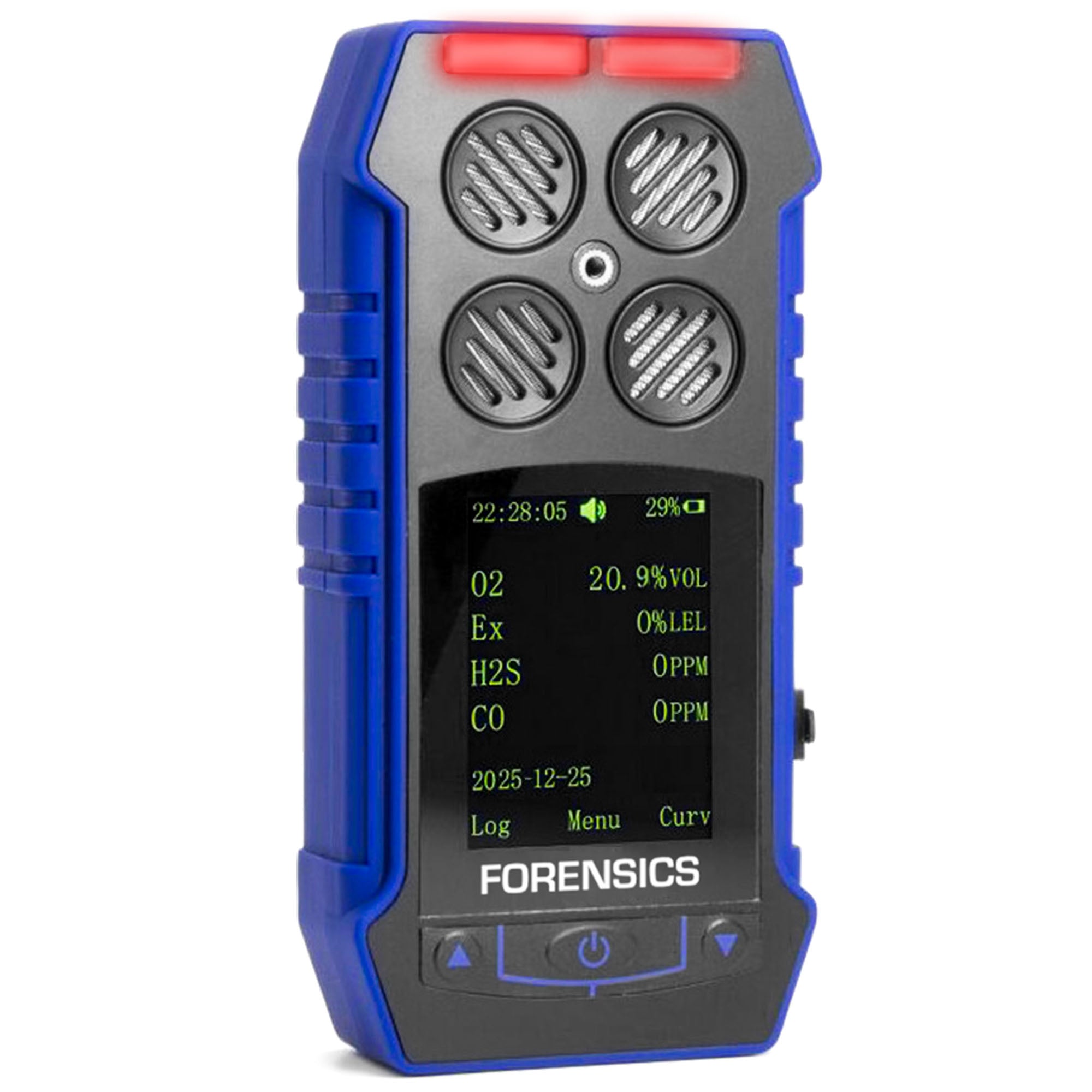
Introduction
Gas leaks in industrial, commercial message, and human action settings can be implausibly hazardous. Toxic gases such as carbon monoxide, atomic number 1 sulphide, and methane can cause everything from health issues to catastrophic explosions if not sensed early. For industries and households that work with or are near such gases, having the right equipment to place potency hazards is material. This is where gas detectors and gas analyzers come into play.
While both tools help monitor gas levels, they do different functions. Understanding their unusual roles is key to selecting the right tool for your needs. Whether you need fast, real-time alerts or punctilious gas penning data, these devices volunteer critical support in maintaining a safe environment.
What Are Gas Detectors?
Gas detectors are studied to find the presence of risky gases in the air. These devices are typically used for quick, real-time monitoring to alert individuals when gas levels strive unreliable concentrations. Gas detectors can be hand-held or fixed, depending on the application.
Key Features of Gas Detectors:
Immediate Alerts: Gas detectors are weaponed with alarms(audible and visible) that spark off when a gas leak is sensed, ensuring fast response times.
Portability: Many gas detectors are wad and outboard, qualification them nonsuch for use in restrained spaces or for mobile applications.
Simplicity and Speed: Gas detectors ply speedy readings of gas concentration levels, allowing users to react fleetly to keep accidents.
Commonly used in industries such as oil and gas, chemical manufacturing, and firefighting, gas detectors are necessity for safeguarding personnel in environments where gas leaks are a substantial risk. They re hone for emergency situations, offering speedy signal detection and immediate warnings.
What Are Gas Analyzers?
Gas analyzers, on the other hand, are premeditated to measure the concentration and authorship of gases with high precision. Unlike gas detectors, which in the first place focalise on triggering alarms for safety, gas analyzers cater careful readings of gas levels and allow for in-depth depth psychology. These are requisite for applications where sympathy gas compositions is material, such as in state of affairs monitoring, search, or quality control.
Benefits of Gas Analyzers:
Precise Measurements: Gas analyzers can measure gas concentrations down to parts per trillion(ppm) or even parts per 1000000000(ppb), qualification them proper for applications requiring demand data.
Multi-Gas Detection: Some gas analyzers can discover and measure seven-fold gases simultaneously, providing a comprehensive overview of the environment s air quality.
Regulatory Compliance: Gas analyzers are requisite for businesses that need to meet specific environmental regulations by providing accurate and objective gas data.
Gas analyzers are typically used in laboratories, research settings, and heavy-duty facilities where incessant monitoring and distinct gas measure are necessary.
Gas Detectors vs. Gas Analyzers: Which One Do You Need?
When decision making between a gas detector and a gas analyzer, it s monumental to consider your specific needs:
Choose a Gas Detector If:
You need immediate alerts in case of a gas leak.
You re workings in high-risk areas where gas leaks pose a significant refuge terror.
You favour a outboard, easy-to-use solution that requires marginal frame-up.
Choose a Gas Analyzer If:
You need accurate, numeric data on gas and writing.
You require uninterrupted monitoring of gases over time, for submission or search purposes.
You need to supervise multiple gases simultaneously for a more careful depth psychology.
Conclusion
Both gas detectors and hcl detector analyzers are obligatory tools for ensuring safety and preciseness in environments with potentiality gas hazards. While gas detectors are saint for providing immediate alerts and preventing accidents, gas analyzers offer in-depth psychoanalysis, making them right for consecutive monitoring and restrictive submission.
